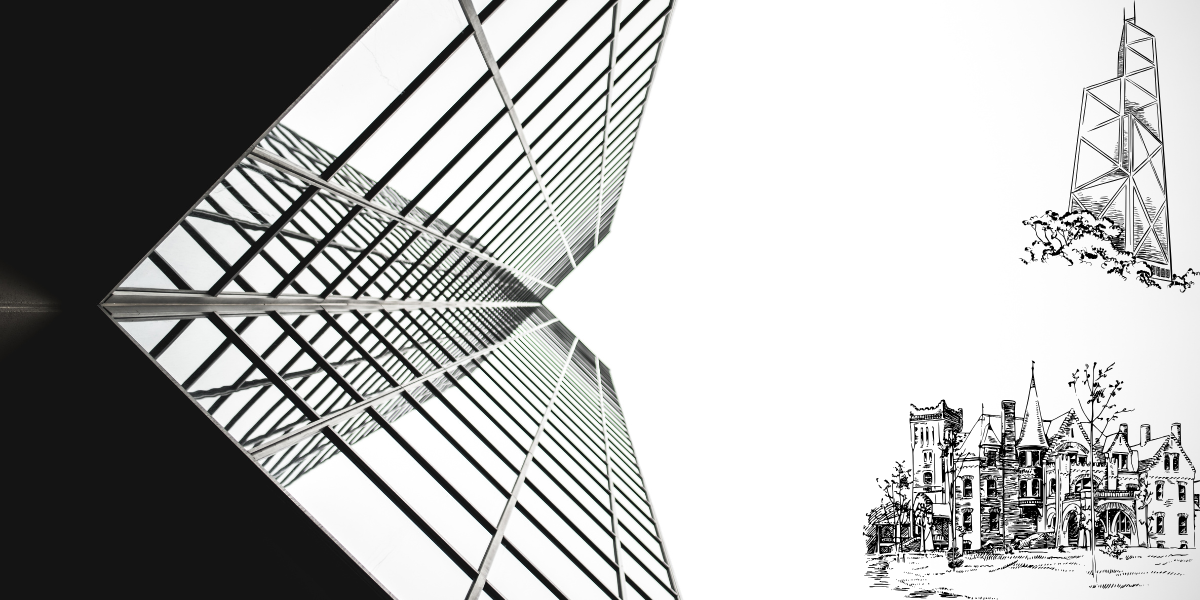Architecture has always been a mirror of society — a reflection of our values, technologies, and evolving lifestyles. As the world continues to reshape itself through innovation, climate concerns, and shifting social needs, architecture stands at the forefront of change. From digital disruption to cultural revival, here are five emerging trends that are shaping the way we design and experience space in 2025 and beyond.
1. Parametric and Algorithm-Driven Design
Gone are the days when architecture was purely about straight lines and hand-drawn sketches. Parametric design — powered by computational tools and algorithms — is taking the lead, allowing architects to create highly optimized, fluid, and futuristic forms that were once impossible.
This trend leans into:
- Generative design software like Grasshopper and Rhino
- Data-driven modeling to respond to light, wind, and occupancy
- Custom fabrication and 3D printing for unique components
What makes parametric architecture exciting is its ability to blend aesthetics with performance. From curvilinear façades to structurally efficient frameworks, it enables designers to tailor buildings to their environments in ways never before imagined. Zaha Hadid Architects and BIG (Bjarke Ingels Group) are two pioneers in this transformative field.
2. Modular and Prefabricated Construction
Speed, scalability, and sustainability — modular construction checks all three. With urban populations rising and housing shortages becoming more urgent, this method is redefining how we approach building.
Key features include:
- Factory-built modules that are assembled on-site
- Reduced construction waste and labor costs
- Shorter project timelines and improved quality control
From luxury micro-apartments in Tokyo to affordable housing complexes in the U.S., prefab architecture is proving to be incredibly versatile. The design doesn’t have to suffer either — architects are now creating modular structures that are sleek, customizable, and environmentally sound. Platforms like Katerra and Blokable are advancing this trend with tech-first solutions.
3. Resilient Design in a Climate-Conscious World
As climate extremes become more frequent, architects are shifting their focus from just sustainability to resilience. This trend centers around buildings that can withstand environmental shocks, adapt to changing conditions, and support communities during crises.
Resilient architecture incorporates:
- Elevated structures to guard against floods
- Cross-ventilated layouts to reduce cooling demand
- Fire-resistant materials in wildfire zones
- Self-sufficient energy and water systems
Architecture firms are collaborating with climate scientists and engineers to anticipate future threats. In cities like Miami, Rotterdam, and Jakarta, entire neighborhoods are being redesigned to embrace resilience, not just as an aesthetic, but as a necessity for survival.
4. Multisensory and Human-Centered Spaces
Designing for the eye alone is no longer enough. The new architectural mindset embraces spaces that cater to all five senses, creating immersive, emotionally resonant experiences that improve well-being.
Here’s what defines this human-centric approach:
- Acoustic zoning to manage noise
- Tactile materials like stone, wood, and natural fibers
- Adaptive lighting systems based on circadian rhythms
- Aromatic elements, greenery, and water features
This trend is especially prominent in schools, healthcare settings, co-working hubs, and museums. Biophilic elements and mindfulness zones are now integral to design briefs. The goal? To foster empathy, productivity, and mental clarity through thoughtful spatial design.
5. Cultural Context and Vernacular Revival
While architecture is becoming increasingly globalized, there’s a counter-trend gaining ground: reclaiming cultural identity through design. Architects are revisiting local traditions, climates, and materials to craft buildings that resonate with regional narratives.
This trend values:
- Indigenous building methods and forms
- Locally sourced materials like mud brick, cane, and lime plaster
- Passive cooling techniques such as jaalis, courtyards, and wind towers
- Artisanal craftsmanship integrated into modern layouts
In places like India, Africa, and Latin America, young architects are leading this revival, honoring heritage while reinterpreting it through a contemporary lens. Projects like Anupama Kundoo’s works or Francis Kéré’s community-centric schools are perfect examples of this powerful blend of old and new.



